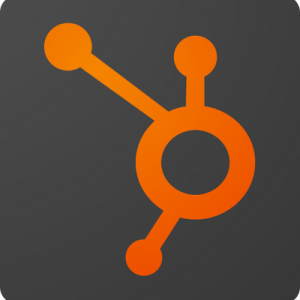The main advantage is its ease of use, and it comes with multiple connectors that can be used to integrate several other systems. The most important feature for us is the ability to plan workflows and integrate other systems manually, even without native connectivity. This is significant because we have connected our internal systems to HubSpot Sales Hub using the API. Another valuable feature is the email tracking module. Once a person is tracked, it adds all the metadata into the platform for later audit or progress tracing of the email. The custom reporting functionality is very helpful. We have been using custom reporting with HubSpot Sales Hub to get periodic reports and see the progress of certain projects. It helps us plan our sales strategy by tracking variables based on project size or site projects. We can link these projects to data and components, which helps us strategically plan based on the reports. The associated lists feature is new, though it has certain limitations when exporting data. HubSpot Sales Hub provides 95% flexibility in terms of allowing us to export, transform data, and bring it back. However, there are some limitations with the associated list feature and the API in terms of flexibility.


